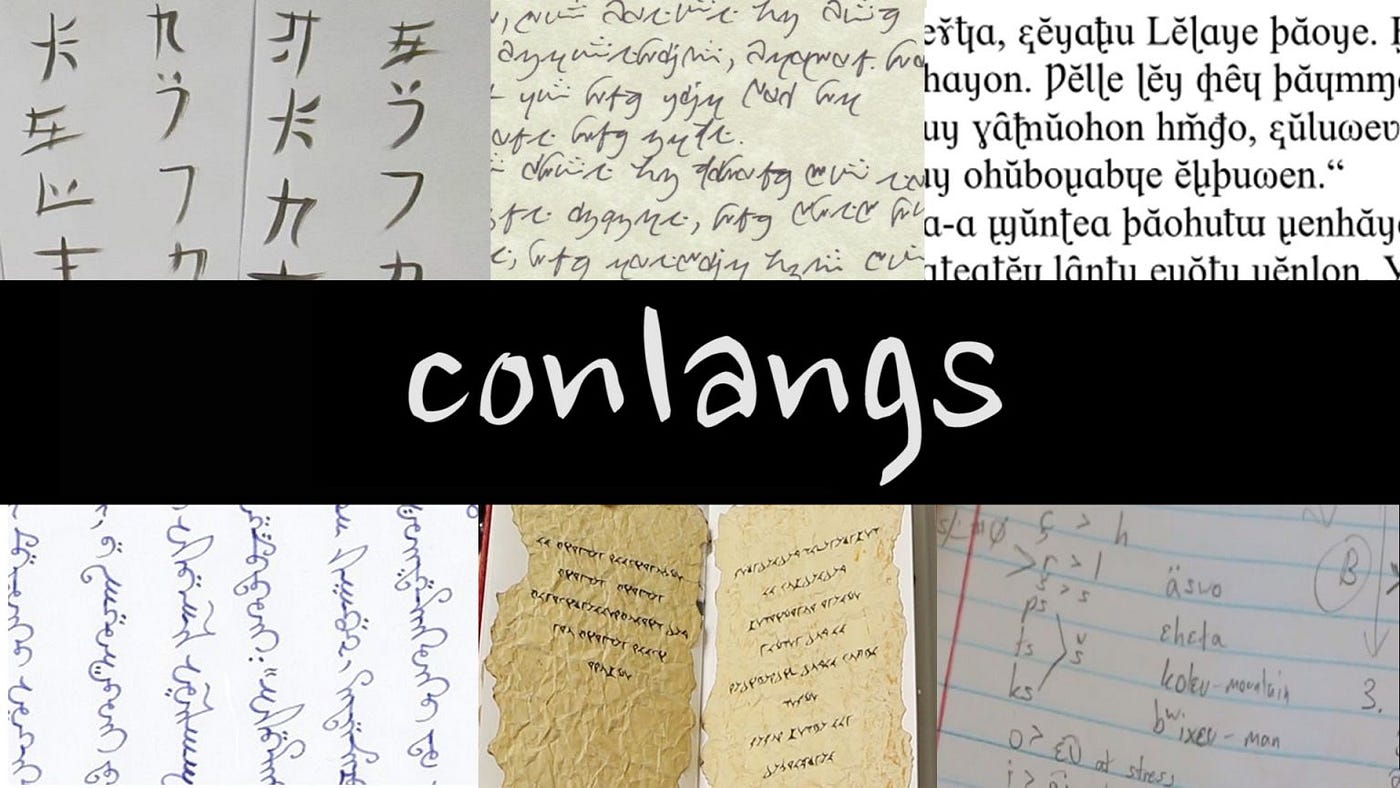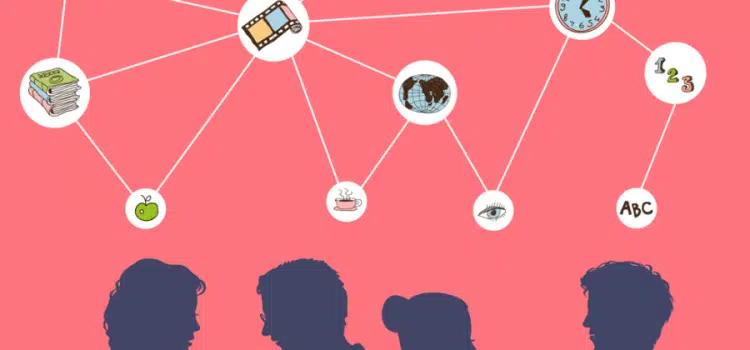By Carmen Chang,
Following the previous part, we will examine the…
Common characteristics and differences between natural and artificial languages
The different origin and evolution of natural and artificial languages has endowed each of them with certain peculiarities that distinguish them. In this section, we will address the commonalities and divergences between the two. Although there are many previous researches on these typologies of languages, our study seeks to make a comparative analysis, whose topic has not been addressed so extensively. Therefore, this will be a challenge in our analysis, which seeks to fill the existing gaps on this linguistic issue.
We will begin by presenting the case of natural languages, which are born alongside the society and linguistic community of their speakers. These are distinguished by their natural character, worth the redundancy, since, unlike artificial languages, these are not built or invented, but they arose and evolved spontaneously: «Human languages are “natural” in the most precise sense of this term, so that they appear, like hair or nails, without anyone building or manufacturing them, despite the fact that its rules are peculiar and characteristic of each of them and not of any other (Ramón Trujillo Carreño and Luisa Portilla Durand, 2013: 178)».
These human languages are those used by human beings with a communicative intention, both in spoken and written language. These languages are characterized by having arisen spontaneously in a given linguistic community for expressive purposes: «An individual, by the fact of being born in society, accepts normatively the language of his own linguistic community. Both [the language] natural and [the language] artificial are humans». These ordinary languages respect a number of linguistic and social rules and conventions, present a particular syntax and grammar, and are governed by the principles of economy and optimization.
Next, we will deal with the case of artificial languages, whose invention is the product of an intellectual and linguistic activity. Unlike natural languages, these are «artificial» because they have been constructed or invented consciously or systematically, based on natural languages, through computer programs or without a specific reference:
[Artificial languages] are undoubtedly very important and their teaching cannot be forgotten today, although always remembering that they have nothing to do with the natural languages with which we communicate in daily life and with which we can enter the intellectual creation: something that nobody can deny importance (Ramón Trujillo Carreño and Luisa Portilla Durand, 2013: 178).

Constructed languages, also known as conlag, have been designed or planned by humans with reference to natural languages, either partially or totally. In contrast, artificial languages arise in an attempt to overcome the disadvantages of ordinary languages, for example by avoiding ambiguity and imprecision of the latter:
For this reason, it presents a much greater degree of artificiality and convention in terms of the construction of symbols and the meaning assigned to them. Symbols and meanings do not belong to any natural community of speakers, but to groups of speakers related by scientific or technical objectives (Jesús Colmenarez, 2021: 5).
As opposed to natural languages, artificial languages are learned consciously and voluntarily:
An artificial language is a semiotic construction made from one time and from beginning to end by the human mind (by one or more people or by an organism or institution), with specific objectives (scientific, religious, political, etc.) and with a previously established method (Calero, 2009: 1, Galán, 2012: 417).
At this point, we will proceed to make a comparative analysis of both languages from the study of Jesus Colmenarez (2021: 6):
- The formers are adopted and acquired unconsciously by humans. In contrast, the latter are learned, particularly intentionally and consciously. Both are related to their symbolic representations and meanings.
- The formers are used as a means of communication and are acquired through a teaching process, but their assimilation occurs unconsciously. In contrast, the latter are in constant creation. Moreover, their inventors, specialists in their field, establish their own conventions.
- The formers are characterized by their linguistic diversity, which distinguishes each language in the world according to its geographical region. Therefore, a given natural language can vary its grammar, lexicon and pronunciation depending on its dialects. On the other hand, the latter seek or intend to recreate a universal language. These are used as instruments in the scientific and technical field.
- The formers are flexible, so we can spontaneously and freely accommodate, create or shape countless sentences. Instead, the second: «consist of signs and symbols that have been created and that only have to be interpreted and understood, but not modified (Jesús Colmenarez, 2021: 6)».
References
-
COLMENAREZ Jesús, Natural Language and Artificial Language,Universidad «Fermín Toro», Cabudare-Lara, 2021.
-
GÁNDARA FERNÁNDEZ Leticia, «Origen y evolución de las lenguas artificial», Revista Tonos Digital, Volume 33, June 24, 2017.
-
LAMPIS Mirko and ŠTRBÁKOVÁ Radana, About the distinction between natural languages and cultivated languages: a linguistic fallacy, EGM, Biannual publication, Issue 21, September 2017.
-
Transpanish, Artificial languages. transpanish.biz. Available here
-
TRUJILLO CARREÑO Ramón and PORTILLA DURAND Luisa, «Natural languages versus artificial languages», Universidad de La Laguna and Universidad Nacional Mayor de San Marcos, Letras 84 (119), 2013.




